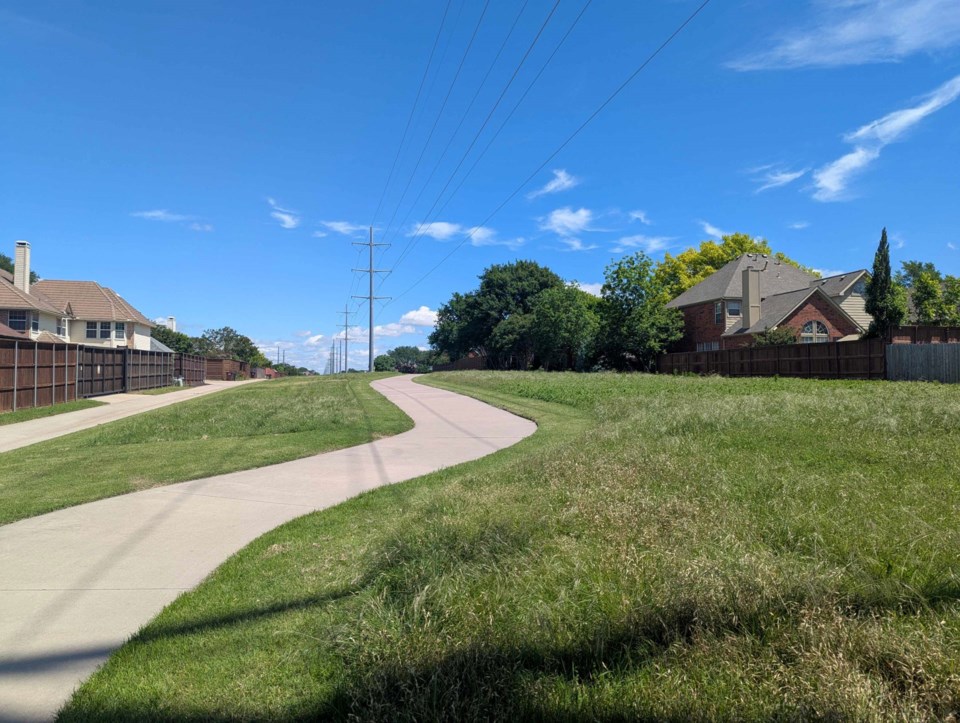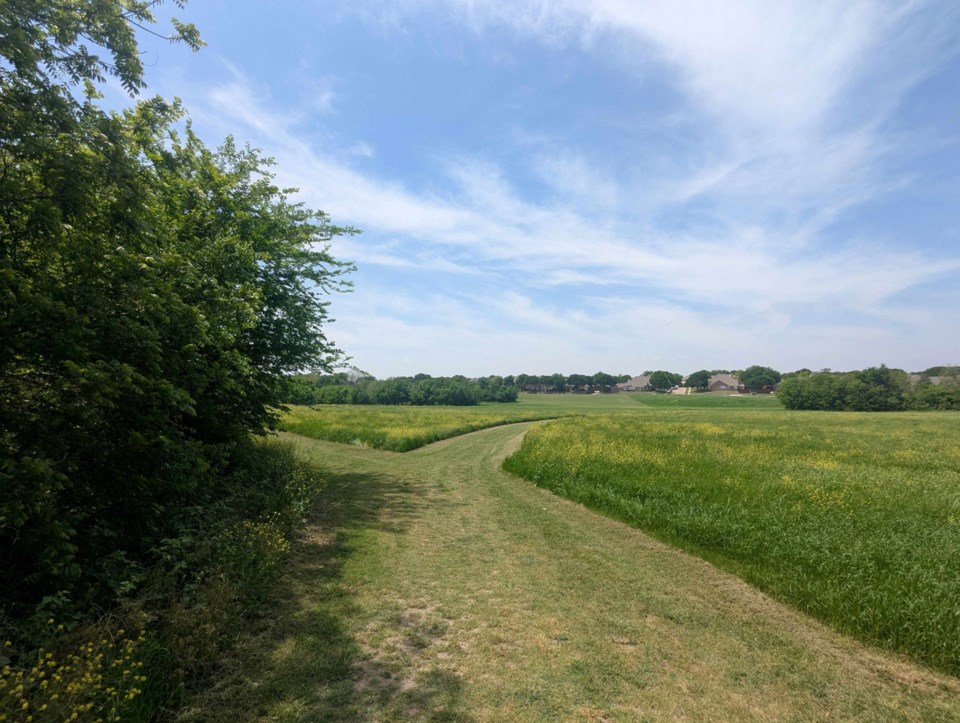Why does the grass in some Plano parks seem taller this season? It is no accident — and it may signal the start of something bigger.
In spring 2025, Plano launched a new strategy called Mixed Maintenance, changing how the city manages select park areas. As shared by the city of Plano on LinkedIn, residents may now spot taller grass or wildflowers in places like Breckinridge Trail, Hoblitzelle Park and Bob Woodruff Park. “Just know, that’s intentional!” the city posted.
The goal is to create healthier ecosystems, protect water quality and reduce long-term costs. It is a step toward giving nature more room to thrive.

What is Mixed Maintenance?
According to the city of Plano’s website, Mixed Maintenance introduces Grow Zones, designated areas where mowing is reduced or stopped to encourage native plants and trees.
This approach filters stormwater runoff, reduces pollution and helps control flooding by strengthening creek banks and expanding tree canopy. It also supports pollinators, improves habitats and contributes to cleaner air and cooler temperatures.
Fewer mowing cycles mean less fuel burned, fewer emissions and lower equipment costs. “Grow Zones will save taxpayer money by reducing costs for irrigation and tree purchases while allowing native trees to naturally regenerate,” the city explains.
But patience is key. These spaces need two to five years to mature into vibrant, self-sustaining plant communities. Until then, expect a wilder look, less manicured look, by design.

Why the Change Now?
Plano is not alone in rethinking park maintenance. Nearby cities such as Lewisville are seeing similar benefits from turf-to-native plant conversions.
As reported in the May 2025 issue of Parks & Recreation magazine, Lewisville’s “Extending the Green” project has transformed medians and parkland into habitats that support biodiversity and resilience. The city’s Native Plant Conversion initiative saves more than $27,000 in mowing costs each year while boosting pollinator populations and climate adaptability.
Plano’s Mixed Maintenance follows the same philosophy. By letting nature lead in targeted areas, the city aims to replicate these long-term gains.
What to Expect at Your Local Park
So what does this mean for your next walk or run through a Plano park? You may notice:
- Taller grass or patches of wildflowers in certain areas
- Fewer mowed spaces near creeks or drainage channels
- Increased pollinator activity such as bees and butterflies
- Shaded, cooler areas as trees regenerate naturally
While the visual change may take some getting used to, the benefits are real: cleaner water, healthier ecosystems and lower costs.

Building Community Support
Lewisville’s experience highlights the value of public education during this transition. According to Parks & Recreation, community buy-in helped the city overcome early skepticism. Programs like “Roots for Wings” encouraged residents to create their own native plant gardens while outreach built broad support.
Plano is following suit, inviting residents to learn more and share feedback. On social media, the city is already asking, “Have you noticed these changes in your neighborhood park? What are your thoughts on this greener approach?”
That dialogue will be key as Plano’s parks evolve over the coming years.
In a region facing hotter summers, water scarcity and rapid growth, giving nature a larger role in city planning makes sense.
Don't miss anything Local. Sign up for our free newsletter.




